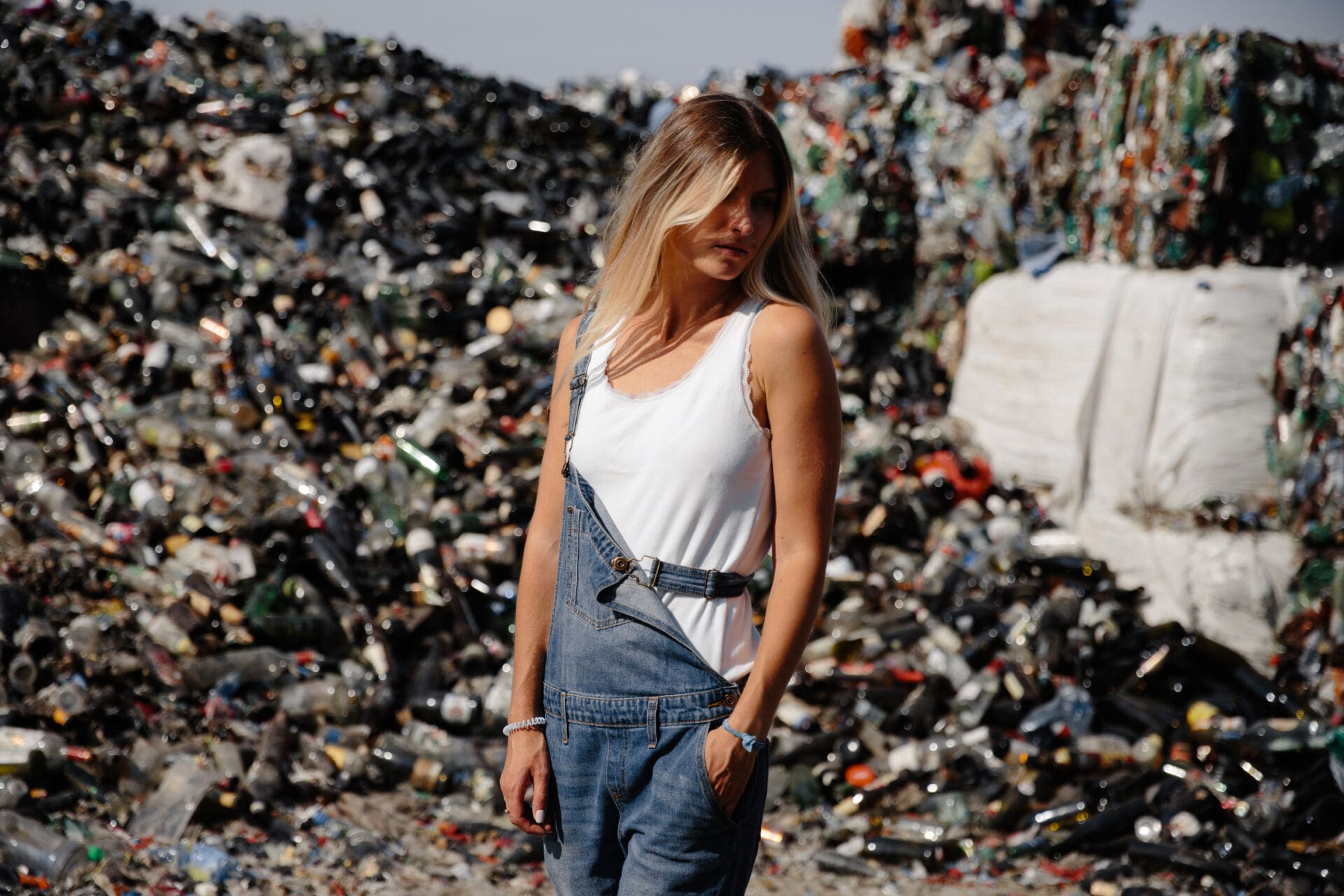It says: Bright Ivankovic, expert on whocommunications
As time passed, the ball grew, powered by the sun and water. She felt the warmth of the sun on her soft surface and enjoyed the freshness of the morning dew. Farmers took care of it, spraying it with chemicals to protect crops from pest.
In those moments, she felt that the world around her was changing, that she was entering a new phase of her life. One day the pickers came. Their hands were quick and deft, and the ball felt fear as it fell into the darkness of the truck, along with its sisters and brothers. The journey was long and terrifying. She didn’t know what awaited her, but she felt uneasy as she walked away from her home in the field.
They arrived at a large factory, where they passed through machines that cleaned, combed and turned them into fine threads. She felt her fate uncertain as the journey continued across lands and oceans. The ball, now in the form of a beautiful piece of cloth, arrived at a haute couture factory in Paris. Designers chose the finest materials for their creations, and this fabric was among them. In addition, chemical treatments were often necessary to achieve the desired look and texture, making the process even more harmful to the environment. Cutting, sewing, tailoring – it was all part of the process. The machines worked non-stop, while the world of fashion was consuming resources and emitting large amounts of carbon dioxide into the world the atmosphere.
In the end, a beautiful dress was created, bright and unique. The dress shone on the catwalk. Spotlights illuminated her every detail, while the models walked proudly and the audience applauded. She felt excitement and pride as she stood in the center of attention, surrounded by admiration. However, the glittering world of glamour, with its glitter and luxury, could not hide the dark background of the story. While eyes full of admiration looked at the beautiful creation, few thought about its ecological consequences of origin.
The dress soon found its way to a rich woman, who wore it to the most exclusive events, proud of her fashion choice. Her love of fashion, like the obsession of millions of others around the world, contributed to a further cycle of wear and tear. In her wardrobe, the dress, a symbol of prestige and style, took center stagelno mesto.
However, fashion is fleeting. Like everything else, that dress has lost its luster in the eyes of its owner. Her seams were sagging and the fabric was fading from time and wear. The dress was now just a shadow of what it once was. In the end, the owner gave up. Rejected, she felt sadness as she lost her worth and her significance. It passed through the hands of different people, changing from season to season, until it ended up on sale at some cheap thrift store. Someone bought it, altered it, shortened it, wore it a few more times and then it was left.
Eventually, the dress ended up on the trash heap. She lay there, exposed to sun and rain, while time passed. She felt her material disintegrate, turning into something that was no longer recognizable as part of its former glory. and glamour.

The journey of the cotton ball did not end there. As it lay in the landfill, it slowly decomposed and released its chemicals into the ground. Its threads separated, returning to nature in the form of microplastics. The water that passed through it carried toxic substances, polluting groundwater and surface streams. Her fate was part of a larger cycle of pollution that the fashion industry perpetuates every daybut creates.
Some other cotton was already planted in the field, a new ball grew under the same sun and water, repeating a cycle that never ends. Perhaps the next ball of cotton will not have the chance to admire the world of fashion and glamour, but it will therefore be spared its shadows and wear and tear. Maybe it’s time for the world to start looking at fashion with different eyes, with more attention to nature, which is everythinghis basis.
In the cotton field, a new ball was growing, while the sun was setting behind the horizon. She didn’t know what her path would be, but she understood that her fate was connected with the fate of the world that was her surrounded.
Maybe this is a bit of a long intro, but the point is going to be fast and brutal. The fashion industry is one of the biggest polluters. They are there, side by side, with the oilmen. And who would have thought that cloths can make a tolwhat a shame!
The inspiration for this text came from Milan, one of the world capitals of fashion. A large-format photo stood next to the elevator and we looked at it every day. On it was a girl, a model, in a bathtub, and around her in concentric circles were pieces of clothing. The floor of the collapsing factory hall was covered with various cloths for the purposes of this recording. It seemed quite poignant to me facing scene.

This is just some information I came up with while researching this topic:
- Every year, the fashion industry produces almost 100 billion pieces of clothing, which is, on average, 14 pieces of clothing for every person. on Earth.
- According to a study by the Economic Commission of the United Nations (UNECE), about 85 percent of all produced textiles are finished in the same year in the garbage.
- It is estimated that three years ago the textile industry was responsible for 1.2 billion tons of greenhouse gas emissions.one garden.
- Plastic – to produce just one pair of jeans, 7,500 liters of water are needed, and for a short-sleeved T-shirt, 2600 liters.
- The productions of large global companies from the fashion industry are most often located in “third” countrieseg the world”.
When it comes to Serbia, some data say that there are over 1,600 companies registered in the textile industry. The Center for the Improvement of the Environment came to know that more than 80,000 tons of clothes, or almost 12 kilograms, are sold in Serbia every year. per person.
Fashion marketing and communications may have received the most publicity from the movie “The Devil Wears Prada”. Once again, Hollywood proved to be the best promoter and many young people at that time wanted to do this business. Social networks are part of communications. They are a tool that every brand must use in order to communicate with its consumers and to reach the pedestal of the favorite brand that everyone aspires to. New brands, that is, manufacturers, spring up like mushrooms after the rain and reach their customers through social networks. Traditional brands have to make an extra effort to maintain their position. We saw in the last issue how radi Chanel.
Epl and Steve Jobs are often cited as examples of brand building and positioning. All these achievements aside, what I am getting closer to these days, especially after the enlightening experience in Milan, is the way IT gurus dress. A simple black half-skirt, jeans and sneakers. He was frustrated by having to make so many decisions when finding outfits and didn’t want to waste time on it. He is not the first in history with that idea. They say that for similar reasons, Einstein also had a bunch of similar gray suits and only changed white shirts. Barak Obama also copied the forum. His variations were a blue and gray suit. Such an approach can help even less pollution.
What are the possible solutions for so much fashion pollution? Maybe smaller production of better quality clothing, which will last longer and, therefore, pollute less. Maybe we should be guided by the slogan “Less is more” and invest in fewer, better things. Maybe we should start charity shops, like, for example, they did in London, where people will volunteer, and citizens will bring their slightly used wardrobe, instead of throwing it away, to sell it, and donate the money to some humanitarian cause. Maybe we should buy a used wardrobe and give it some new meaning and life. Maybe we don’t satisfy some of our whims and treat various conditions with frantic shoppingabout cloth.
They say that for generations from millennials and beyond, X and alpha – it is very important that a brand is socially responsible. The world rests on the young, she tells himdri narod.
Until the young people wake up and start taking into account how much fashion does NOT contribute to the preservation of the environment, let’s change my ball of cotton into a black half-roll or some such simple garment that can be effective both at work and at the premiere indawn.
Source: bizlife.rs


